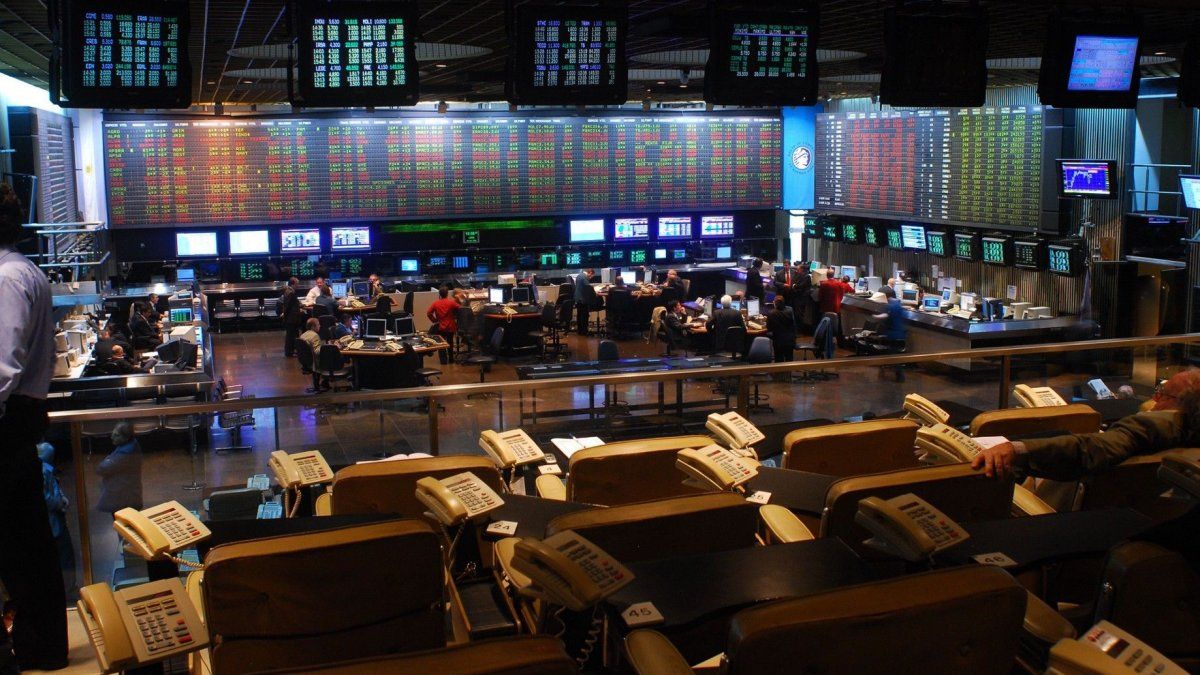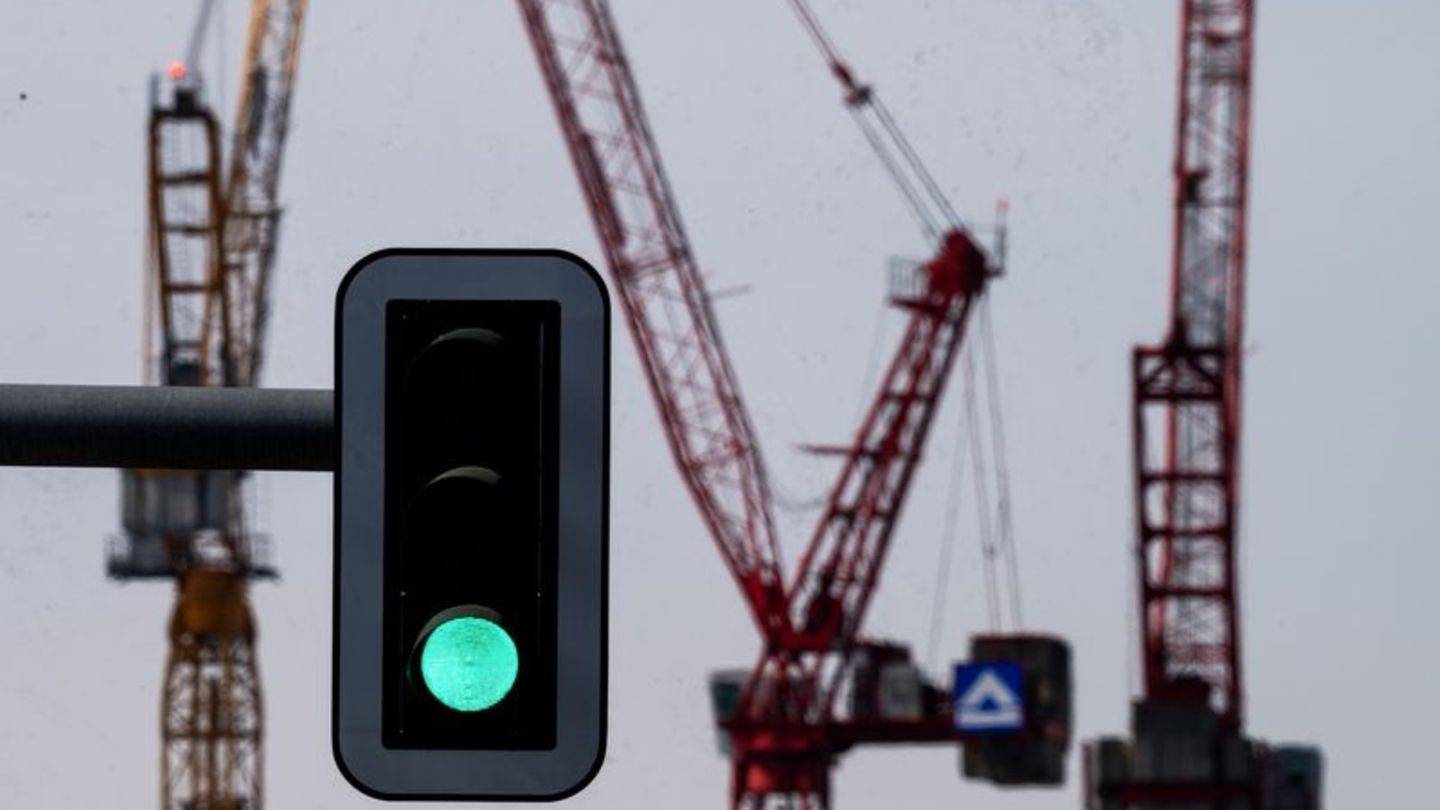The porter bag short a streak of five consecutive rises and fell this Thursday, April 27, on a day in which the Central Bank (BCRA) sharply raised its reference rate, in an attempt to curb the escalation of inflation and the volatility of the blue dollar.
stock index BYMA’s S&P Merval gave way 2.6% to 296,808.89 points, after touching a record in pesos of 307,057.03 units in the first part of the day and carry an increase of around 25% in the course of April.
On the main board, the strongest falls were suffered by Aluar (-4.7%); Banco Macro (-4.1%); and the BBVA bank (-4.1%).
The board of directors of the monetary authority increased the yield of the Leliq bill by 1,000 basis points to 91% per year (TNA), from a previous 81% in its monetary policy. “The decision of the monetary authority is based on the objective of tending towards positive real returns on investments in local currency and acting to preserve monetary and financial stability,” said a statement from the BCRA.
Simultaneously and with the idea of boosting savings in pesos, the BCRA also raised the minimum guaranteed rate and tripled the taxable amount on fixed terms of individuals. “The rate hike is a promising average, but late. I’m not sure it’s in the right proportion” when the government’s priority is to accumulate dollars, commented Sergio Chouza of the Sarandí consultancy.
A return of 91% TNA is equivalent to 140.4% as an effective annual rate (TEA), compared to the projections of analysts who locate annual inflation around 120% for 2023. A positive real rate is one of the points agreed between Argentina and the International Monetary Fund (IMF) in a last agreement.
“The BCRA has no other option than to continue validating the game of the highest nominal value to mitigate the risk of a break in fixed terms that would cause a sharp acceleration in the speed of money circulation,” estimated Personal Investment Portfolio.
On Wall Street, for its part, Argentine papers closed mixed, with increases of up to 2.1% led by Despegar, and decreases of up to 2.5% led by Central Puerto (-2.5%).
Bonds and country risk
In the fixed income segment, meanwhile, bonds in dollars closed with the majority of falls, thanks to the Global 2035 (-4.8%); followed by Global 2046 (-4%), and Bonar 2030 (-1.9%).
Thus, the country risk measured by the bank JP.Morgan It rose nine units to 2,651 basis points.
Source: Ambito
I am a 24-year-old writer and journalist who has been working in the news industry for the past two years. I write primarily about market news, so if you’re looking for insights into what’s going on in the stock market or economic indicators, you’ve come to the right place. I also dabble in writing articles on lifestyle trends and pop culture news.




